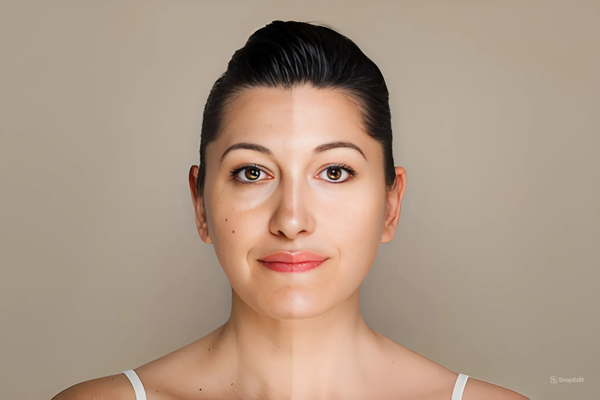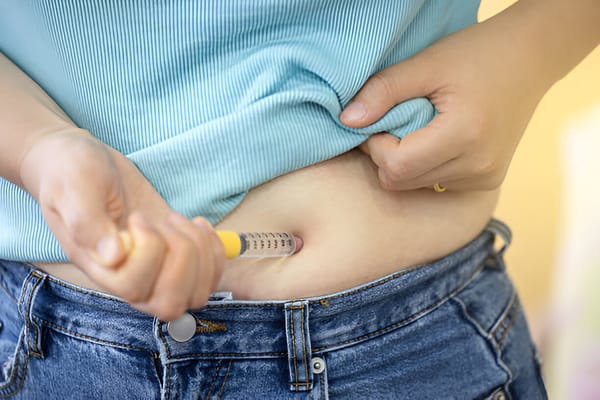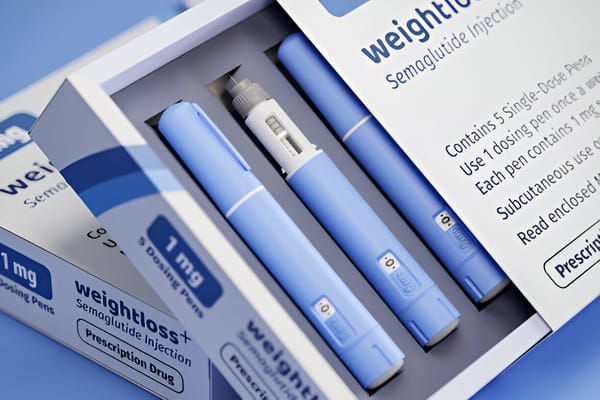Liquid Gold: The Growing Hype Around Therapeutic Plasma Exchange
This article examines Therapeutic Plasma Exchange (TPE) as a growing anti-aging treatment. Highlighting Bryan Johnson's experience with "clean plasma," it explores the science behind plasma's rejuvenation potential.

In recent years, Therapeutic Plasma Exchange (TPE) has garnered a lot of attention, especially within the longevity and anti-aging communities, for its potential to rejuvenate the body and enhance overall health. Dubbed "Liquid Gold" by advocates like Bryan Johnson, TPE is not just a medical treatment for autoimmune or neurological conditions but increasingly viewed as a powerful tool in reversing the signs of biological aging. Let’s dive into the science behind TPE and why its benefits might extend far beyond traditional medical uses.
Completed my first total plasma exchange (TPE). Removing all the plasma in my body and replacing with Albumin.
— Bryan Johnson /dd (@bryan_johnson) October 14, 2024
This is different from what I did last year: removing 1 L of plasma from my body and then replacing it with 1 L of plasma from my blood boy @talmagejohnson_ . I gave… pic.twitter.com/mrKsKt3zrg
What is Therapeutic Plasma Exchange (TPE)?
TPE is a medical procedure that involves removing a person's plasma—the liquid portion of blood that carries nutrients, hormones, and waste products—and replacing it with a substitute, typically Albumin or donor plasma. Plasma contains proteins and other substances that can accumulate with age, such as inflammatory markers and harmful proteins like cytokines. These substances contribute to various chronic diseases and aging processes. The goal of TPE is to filter out these harmful elements, thereby providing therapeutic effects.
In practice, TPE works by circulating blood through a machine that separates the plasma from the blood cells. Afterwards, the cells are returned to the body, while the old plasma is replaced. This process can take anywhere from 2-3 hours depending on the patient and the amount of plasma removed.
The Anti-Aging and Rejuvenation Potential of TPE
One of the most intriguing aspects of TPE is its potential as an anti-aging therapy. Several studies, including research by Dr. Dobri Kiprov and Dr. Irina Conboy, have shown that repeated plasma exchanges can reduce biological age markers. Their research has highlighted the role of “bad actors” in blood—proteins and molecules that accumulate as we age and drive degenerative processes. These include inflammatory cytokines, autoreactive antibodies, and other biomarkers for diseases like Alzheimer's, cancer, and cardiovascular conditions.
Dr. Conboy’s work, in particular, has focused on the notion that rapidly diluting age-elevated proteins in blood serum could have regenerative effects across all tissues and organs. In a landmark study, her team demonstrated that TPE reduced "inflammaging" (the low-grade, chronic inflammation associated with aging), diminished biomarkers of neurodegeneration and cancer, and improved the body’s immune response. These promising findings suggest that TPE may have the potential to slow, and perhaps even reverse, certain aspects of aging.

Bryan Johnson’s Experience: Clean Plasma and Longevity
Bryan Johnson, a tech entrepreneur known for his "Project Blueprint," has been pushing the boundaries of what is possible in life extension. His recent tweets about undergoing TPE highlight the growing popularity of the procedure among those looking to reduce their biological age and optimize their health. Johnson’s plasma was described by the operator as the cleanest he had ever seen in his nine years of performing the procedure. This led to discussions about the potential value of Johnson’s plasma, possibly for use in regenerative therapies like PRP (platelet-rich plasma) treatments, organ rejuvenation, or even donation.
Johnson shared that before his TPE, extensive baseline measurements were taken, including assessments of toxins, aging speed, and other health markers like microplastic levels in his body. His six-treatment regimen is designed to optimize these markers. Johnson has pointed to an earlier instance where his father received 1 liter of his plasma, and the results were astounding—his father’s biological aging markers dropped by 25 years, remaining that way for six months. While it's unclear if the dramatic improvement was due to Johnson’s plasma or the removal of his father’s aged plasma, the outcome underscores the potential regenerative effects of TPE.
Liquid Gold: Plasma’s Therapeutic Value
The term "Liquid Gold" used to describe plasma reflects its perceived high value in rejuvenating medicine. Plasma is already used in medical treatments like PRP injections, which are known for promoting tissue repair and skin rejuvenation. With clean, toxin-free plasma, the potential to use it for enhancing physical health or even cognitive function is tantalizing.
For example, PRP therapy uses a patient’s plasma, rich in growth factors, to speed up the healing of injuries and improve skin health. Imagine the possibilities if that plasma is of an exceptionally high quality—free from harmful proteins, toxins, and inflammatory markers. It could be used in various medical and cosmetic procedures to enhance healing, slow aging, and promote overall well-being.
Additionally, Johnson’s plasma exchange operator suggested that his plasma, due to its pristine condition, could be auctioned off or donated. Given its regenerative potential, it’s no wonder that this fluid has earned the nickname "Liquid Gold" among longevity enthusiasts. Plasma donation could become an avenue for those seeking health benefits not only for themselves but also for others, ushering in a new era of plasma-based regenerative therapies.
How TPE Fits into the Broader Longevity Movement
The promise of TPE is part of a broader trend in longevity research, which focuses on extending not just lifespan but healthspan—the number of healthy, functional years one can live. As the science behind TPE advances, it’s possible that plasma exchange could become a common practice for those seeking to stave off the effects of aging and maintain youthfulness well into their later years.
Researchers like Dr. Kiprov and Dr. Conboy continue to push the boundaries of what TPE can offer. Their studies have shown that regular plasma exchanges can significantly reduce biological aging markers, potentially extending one’s healthspan by several years with just six treatments. For individuals like Johnson, this is an exciting frontier in their quest for longevity.
Conclusion: A Golden Future?
TPE is still in its infancy as a widespread longevity treatment, but the results seen thus far are promising. As more people explore its potential, the idea of "Liquid Gold" is gaining traction. Plasma—once simply considered a basic component of blood—is now viewed as a key to unlocking longer, healthier lives. TPE holds enormous promise when used for detoxification, regenerative therapy, or reducing biological age.
As more research emerges and clinical applications expand, Therapeutic Plasma Exchange could become the next frontier in the fight against aging, allowing individuals to live longer, healthier lives with the help of this precious "Liquid Gold."
Sources
- Mehdipour M, Mehdipour T, Skinner CM, Wong N, Liu C, Chen CC, Jeon OH, Zuo Y, Conboy MJ, Conboy IM. Plasma dilution improves cognition and attenuates neuroinflammation in old mice. Geroscience. 2021 Feb;43(1):1-18. doi: 10.1007/s11357-020-00297-8. Epub 2020 Nov 15. PMID: 33191466; PMCID: PMC8050203.
- Mehdipour M, Skinner C, Wong N, Lieb M, Liu C, Etienne J, Kato C, Kiprov D, Conboy MJ, Conboy IM. Rejuvenation of three germ layers tissues by exchanging old blood plasma with saline-albumin. Aging (Albany NY). 2020 May 30;12(10):8790-8819. doi: 10.18632/aging.103418. Epub 2020 May 30. PMID: 32474458; PMCID: PMC7288913.
- Kim D, Kiprov DD, Luellen C, Lieb M, Liu C, Watanabe E, Mei X, Cassaleto K, Kramer J, Conboy MJ, Conboy IM. Old plasma dilution reduces human biological age: a clinical study. Geroscience. 2022 Dec;44(6):2701-2720. doi: 10.1007/s11357-022-00645-w. Epub 2022 Aug 24. Erratum in: Geroscience. 2024 Apr;46(2):2795. doi: 10.1007/s11357-023-00997-x. PMID: 35999337; PMCID: PMC9398900.






